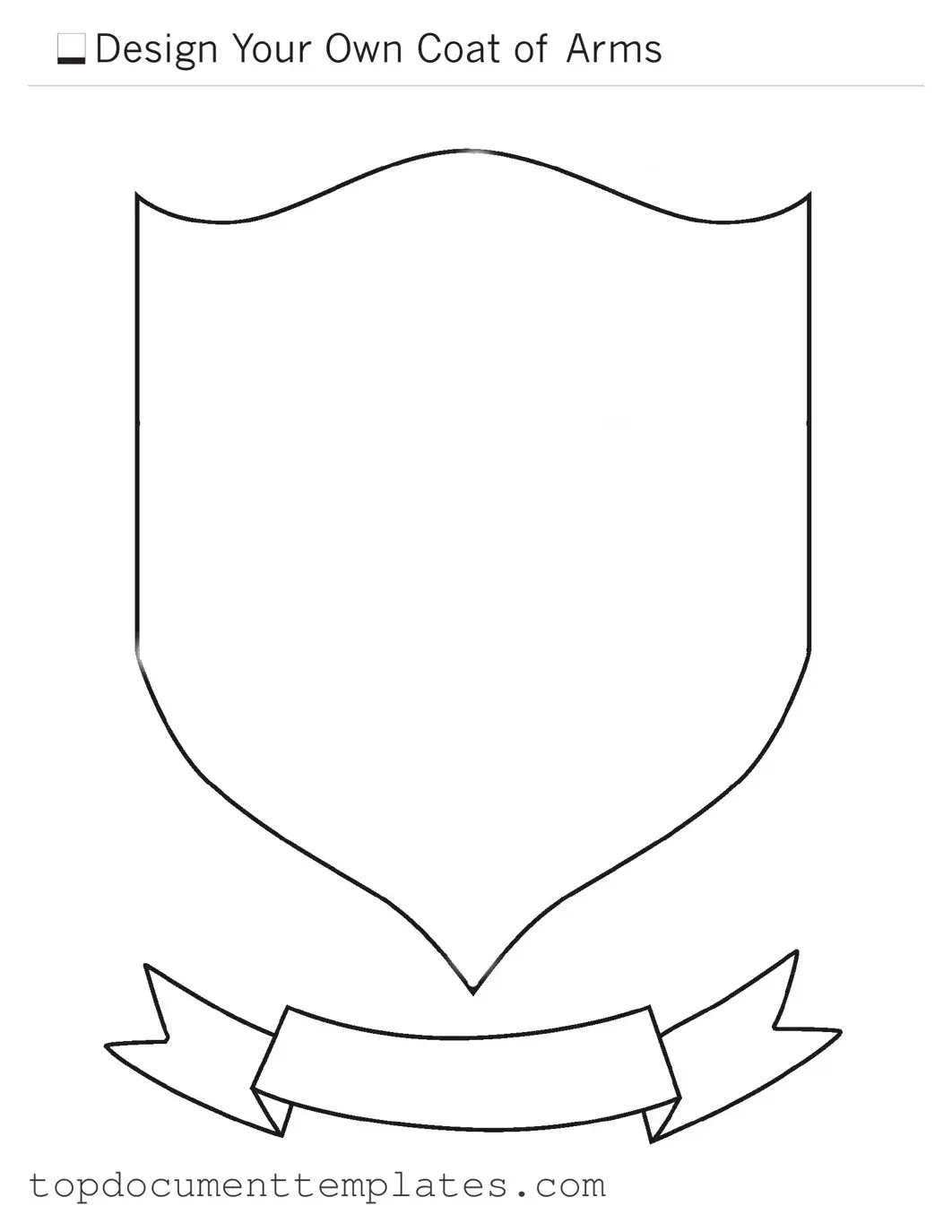Blank Coat Of Arms PDF Form
The Coat of Arms form is a document used to request the creation or modification of a coat of arms, which symbolizes family heritage and identity. This form allows individuals to express their unique lineage and traditions through heraldic symbols. Ready to explore your family's history? Fill out the form by clicking the button below.
Open This Form
